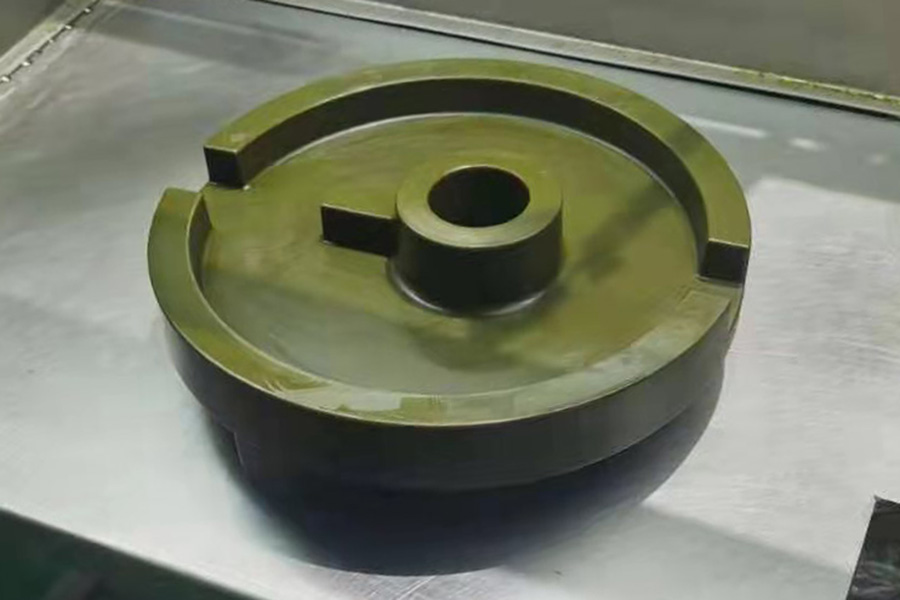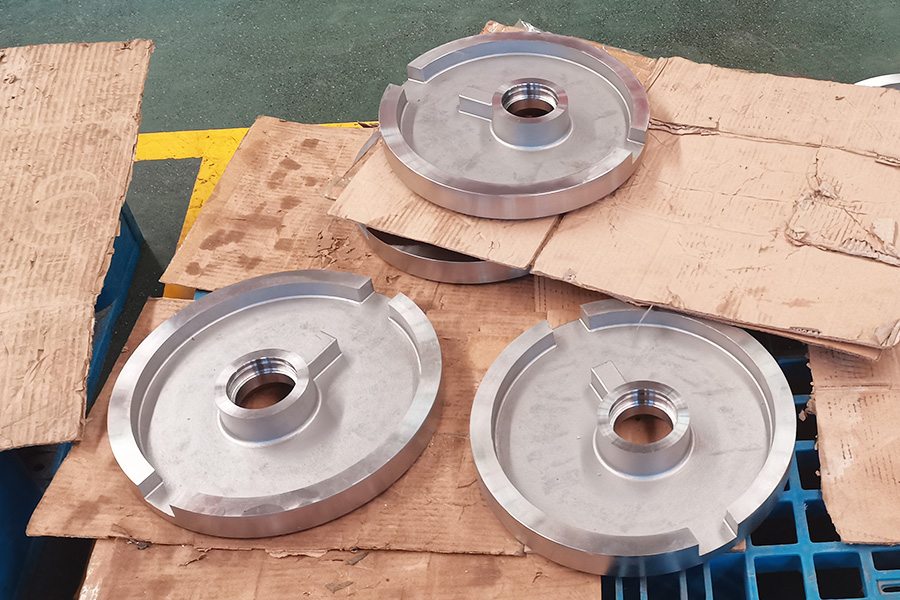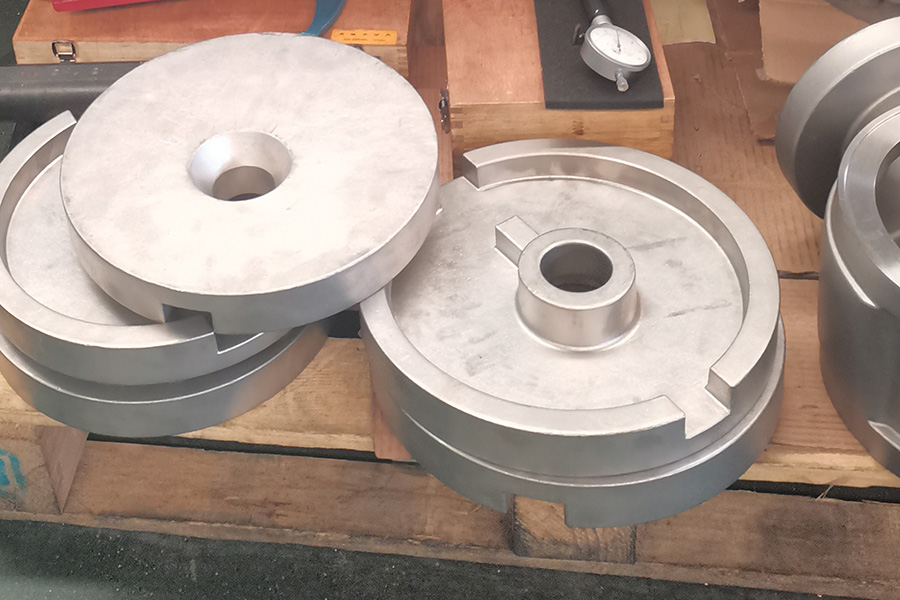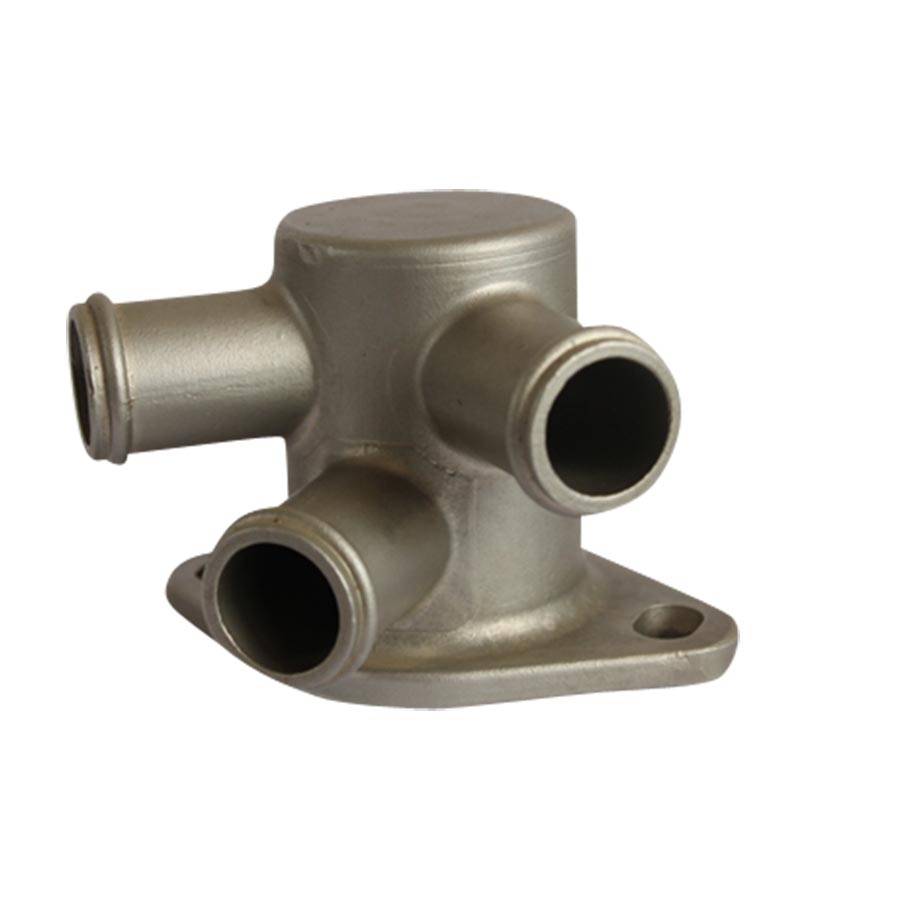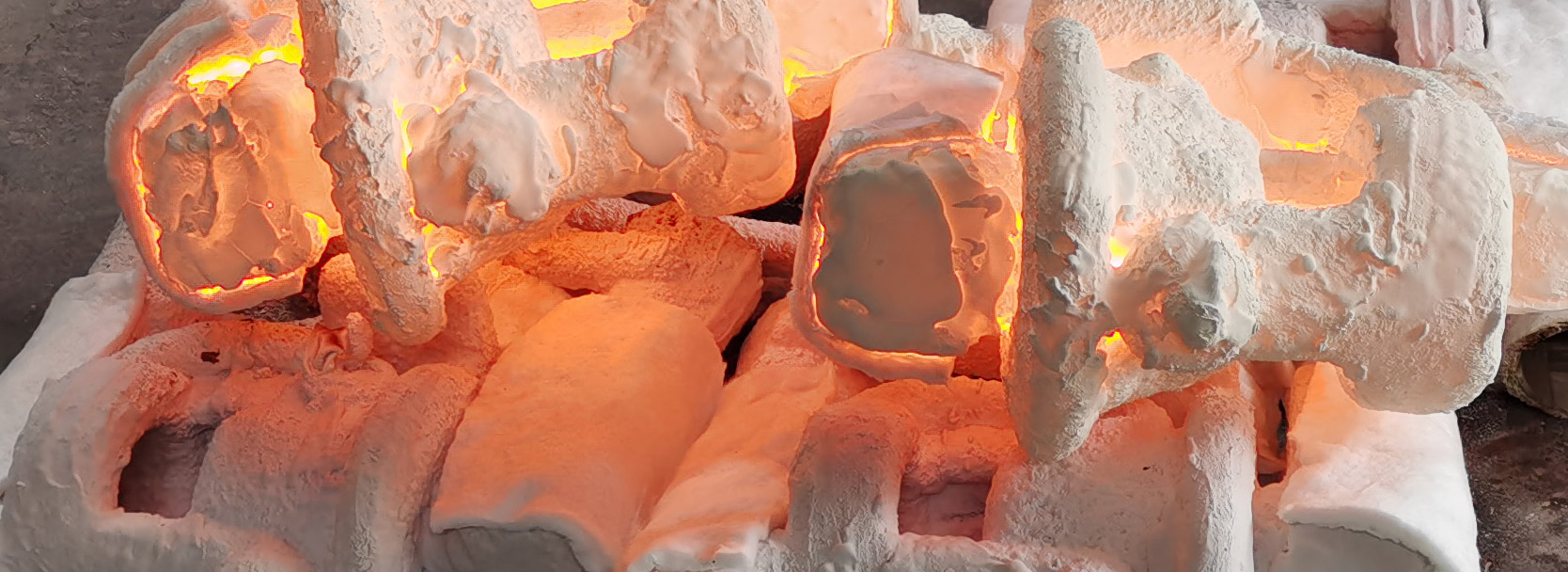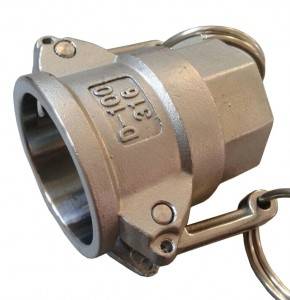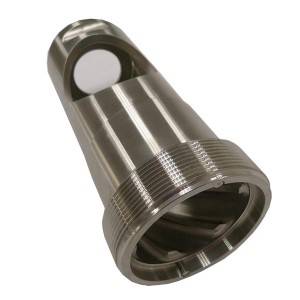Cobalt based alloy investment casting products from China original foundry with heat treatment and CNC machining services
| Metals for Investment Casting Process at RMC | |||
| Category | China Grade | US Grade | Germany Grade |
| Carbon Steel | ZG15, ZG20, ZG25, ZG35, ZG45, ZG55, Q235, Q345, Q420 | 1008, 1015, 1018, 1020, 1025, 1030, 1035, 1040, 1045, 1050, 1060, 1070, WC6, WCC, WCB, WCA, LCB |
1.0570, 1.0558, 1.1191, 1.0619, 1.0446, GS38, GS45, GS52, GS60, 1.0601, C20, C25, C30, C45 |
| Low Alloy Steel | 20Mn, 45Mn, ZG20Cr, 40Cr, 20Mn5, 16CrMo4, 42CrMo, 40CrV, 20CrNiMo, GCr15, 9Mn2V |
1117, 4130, 4140, 4340, 6150, 5140, WC6, LCB, Gr.13Q, 8620, 8625, 8630, 8640, H13 | GS20Mn5, GS15CrNi6, GS16MnCr5, GS25CrMo4V, GS42CrMo4, S50CrV4, 34CrNiMo6, 50CrMo4, G-X35CrMo17, 1.1131, 1.0037, 1.0122, 1.2162, 1.2542, 1.6511, 1.6523, 1.6580, 1.7131, 1.7132, 1.7218, 1.7225, 1.7227, 1.7228, 1.7231, 1.7321, 1.8519, ST37, ST52 |
| High Mn Steel | ZGMn13-1, ZGMn13-3, ZGMn13-5 | B2, B3, B4 | 1.3802, 1.3966, 1.3301, 1.3302 |
| Tool Steel | Cr12 | A5, H12, S5 | 1.2344, 1.3343, 1.4528, GXCrMo17, X210Cr13, GX162CrMoV12 |
| Heat Resistant Steel | 20Cr25Ni20, 16Cr23Ni13, 45Cr14Ni14W2Mo |
309, 310, CK20, CH20, HK30 | 1.4826, 1.4828, 1.4855, 1.4865 |
| Nickle-base Alloy | HASTELLY-C, HASTELLY-X, SUPPER22H, CW-2M, CW-6M, CW-12MW, CX-2MW, HX(66Ni-17Cr), MRE-2, NA-22H, NW-22, M30C, M-35-1, INCOLOY600, INCOLOY625 |
2.4815, 2.4879, 2.4680 | |
| Cobalt-base Alloy | UMC50, 670, Grade 31 | 2.4778 | |
Cobalt-based alloy is a hard alloy that can withstand various types of wear, corrosion and high temperature oxidation. Cobalt-based alloys are based on cobalt as the main component, containing a considerable amount of nickel, alloying chemical elements such as chromium, tungsten and a small amount of alloying elements such as molybdenum, niobium, tantalum, titanium, lanthanum, and occasionally iron. According to the different composition of the alloy, the cobalt-based alloy can be made into welding wire, and the powder can be used for hard-surface welding, thermal spraying, spray welding and other processes, and it can also be made into castings, forgings and powder metallurgy parts. Classified by the end usage, cobalt-based alloys can be divided into cobalt-based wear-resistant alloys, cobalt-based high-temperature alloys and cobalt-based solution corrosion-resistant alloys. In general operating conditions, they are both wear-resistant and high-temperature resistant or wear-resistant and corrosion-resistant. Some operating conditions may also require high temperature, wear and corrosion resistance at the same time. The more complex the working conditions, the more obvious the advantages of cobalt-based alloys.
Properties of Cobalt-Based Alloys
The main carbides in cobalt-based superalloys are MC, M23C6 and M6C. In cast cobalt-based alloys, M23C6 is precipitated between grain boundaries and dendrites during slow cooling. In some alloys, the fine M23C6 can form a eutectic with the matrix γ. MC carbide particles are too large to directly have a significant effect on dislocations, so the strengthening effect on the alloy is not obvious, while finely dispersed carbides have a good strengthening effect. The carbides located on the grain boundary (mainly M23C6) can prevent the grain boundary slip, thereby improving the endurance strength. The microstructure of the cobalt-based superalloy HA-31 (X-40) is a dispersed strengthening phase (CoCrW)6 C-type carbide. The topological close packed phases that appear in some cobalt-based alloys, such as sigma phase is harmful and make the alloy brittle.
The thermal stability of carbides in cobalt-based alloys is good. When the temperature rises, the growth rate of carbide accumulation is slower than the growth rate of the γ phase in the nickel-based alloy, and the temperature of re-dissolving into the matrix is also higher (up to 1100°C). Therefore, when the temperature rises, the cobalt-based alloy The strength of the alloy generally decreases slowly. Cobalt-based alloys have good thermal corrosion resistance. The reason why cobalt-based alloys are superior to nickel-based alloys in this respect is that the melting point of cobalt sulfide (such as Co-Co4S3 eutectic, 877℃) is higher than that of nickel ( For example, Ni-Ni3S2 eutectic (645°C) is high, and the diffusion rate of sulfur in cobalt is much lower than that in nickel. And because most cobalt-based alloys have higher chromium content than nickel-based alloys, they can form a protective layer of alkali metal sulfate (such as a Cr2O3 protective layer that is corroded by Na2SO4) on the surface of the alloy. However, the oxidation resistance of cobalt-based alloys is generally much lower than that of nickel-based alloys.
Different from other superalloys, cobalt-based superalloys are not strengthened by an ordered precipitation phase firmly bonded to the matrix, but are composed of an austenite fcc matrix that has been solid solution strengthened and a small amount of carbides distributed in the matrix. Casting cobalt-based superalloys relies heavily on carbide strengthening. Pure cobalt crystals have a hexagonal close packed (hcp) crystal structure below 417°C, which transforms to fcc at higher temperatures. In order to avoid this transformation during use of cobalt-based superalloys, practically all cobalt-based alloys are alloyed with nickel in order to stabilize the structure from room temperature to melting point temperature. Cobalt-based alloys have a flat fracture stress-temperature relationship, but show superior thermal corrosion resistance at temperatures above 1000°C than other high temperatures.
Heat Hreatment of Cobalt-based Alloys
The size and distribution of carbide particles and grain size in cobalt-based alloys are very sensitive to the casting process. In order to achieve the required endurance strength and thermal fatigue properties of cast cobalt-based alloy casting parts, the casting process parameters must be controlled. Cobalt-based alloys need heat treatment, mainly to control the precipitation of carbides. For cast cobalt-based alloys, first carry out high-temperature solid solution treatment, usually at a temperature of about 1150°C, so that all primary carbides, including some MC-type carbides, are dissolved into solid solution; then, aging treatment is carried out at 870-980°C. Make carbides precipitate again.
Common Grades of Cobalt-based Alloys
The typical grades of common cobalt-based high temperature alloys are: 2.4778 (according to DIN EN 10295)Hayness 188, Haynes 25 (L-605), Alloy S-816, UMCo-50, MP-159, FSX-414, X-40, Stellite 6B, Grade 31, etc. , Chinese brands are: GH5188 (GH188), GH159, GH605, K640, DZ40M and so on.
Applications of Cobalt-based Alloy Castings
Generally, cobalt-based superalloys lack coherent strengthening phases. Although the strength at medium temperature is low (only 50-75% of nickel-based alloys), they have higher strength, good thermal fatigue resistance, abrasion resistance, better weldabilityand thermal corrosion resistance above temperature of 980°C. Therefore, cobalt-based alloy castings are mainly suitable for making guide vanes and nozzle guide vanes for aviation jet engines, industrial gas turbines, naval gas turbines, and diesel engine nozzles, etc.
